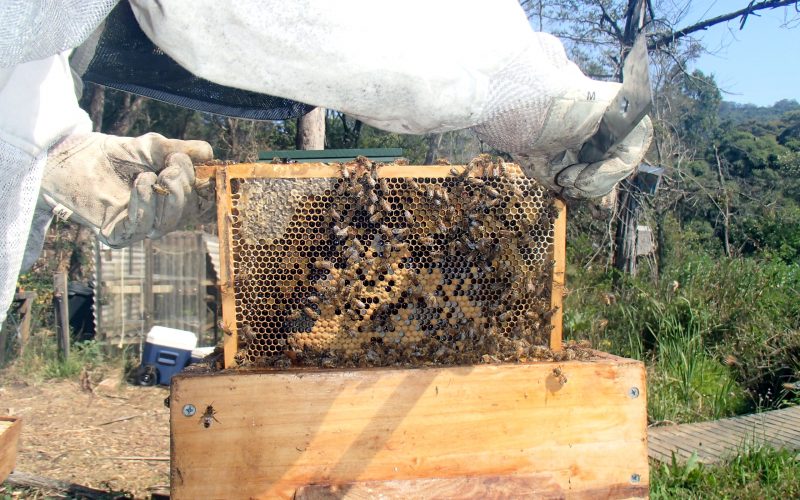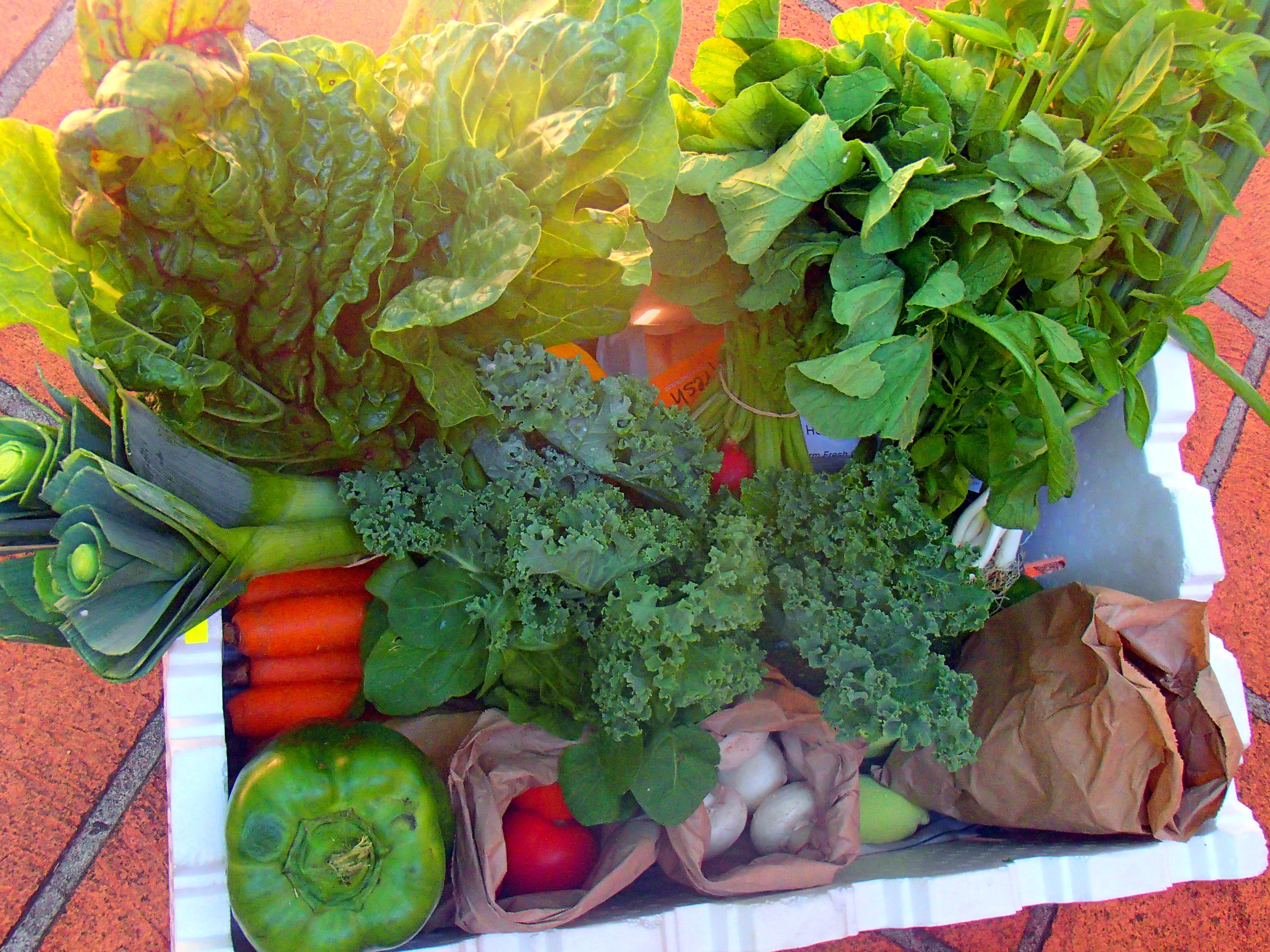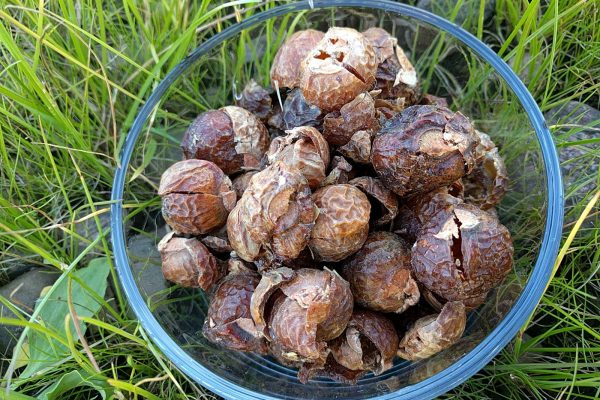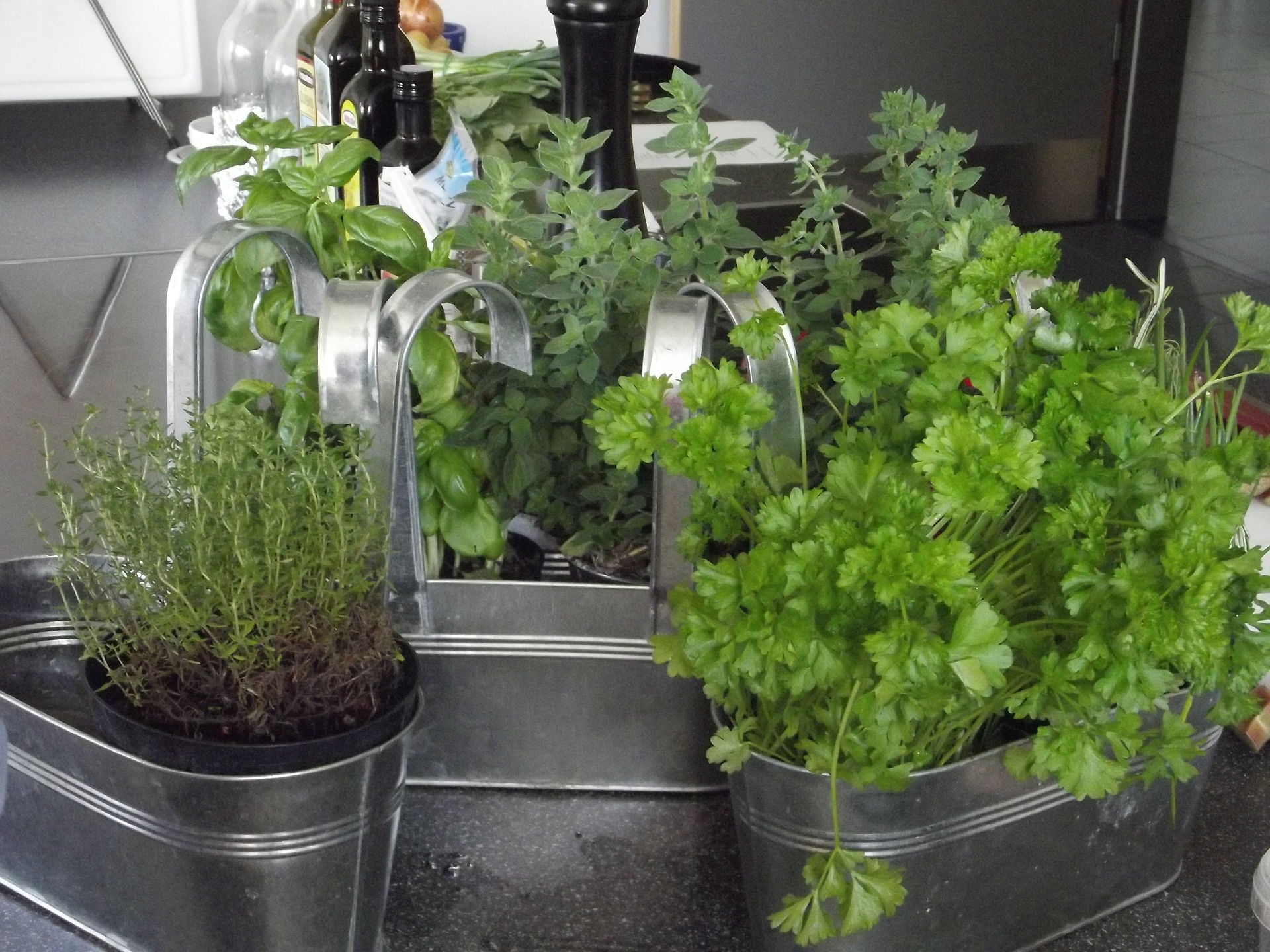In my attempts to know where my food comes from I took a little trip, 10 minutes down the road to my local beekeeper. I wanted to see how my honey has taken from the hive and learn a bit about bees on the way.
We’ve been visiting Luke, the beekeeper, in his garden for a while now and have been observing the bees as well. My kids love watching them and they start to understand that honey comes from the flower’s nectar and that bees make it. And I’ve been intrigued upon reading about honey production, the large-scale kind.
But let’s start at the beginning.
Local backyard beekeeping
Backyard beekeeping is fairly simple, really. It requires two or three hives, a set of understanding neighbours, a water source nearby, and plants (although bees tend to find them themselves).
Although this equation sounds pretty straightforward, beekeeping is still a bit of a novelty. And this is for two reasons: Firstly, bees sting. If you have ever been stung by a bee you know that they hurt. And having a child accidental step onto a bee barefoot is even worse. This pain, which is often associated with bees, contributes to an unjustified fear. Secondly, bees travel and are subject to various diseases. It takes only one sick hive within a few kilometres radius and a hive could be in danger. Although these diseases (of which there are a few different ones) are not dangerous for humans, it can be heartbreaking having to kill a hive.
With these obstacles in mind, however, backyard beekeeping is vital for our global bee populations. Bees are a major pollinator and important for agriculture and really any kind of growing plants. In fact, one-third of our food wouldn’t exist if it wasn’t for our little friends.
And the importance of pollinators for food production leaves out how great local honey tastes.
The advantages of backyard beekeeping and local honey
There is no doubt that you can get honey from your next supermarket. And this honey is probably fairly affordable. However, there is a good chance that the honey is large-scale factory-farmed honey, coming from hives which are kept in cruel conditions.
Yes, there is a big moral issue with eating honey (just ask your next vegan) but there is also a big difference between honey. Let’s look at the differences:
Large-scale factory-farmed honey
Factory-farmed honey usually means that honey is taken from the hive and replaced by sugar water. To put this in context, bees produce honey in warm weather as a food source for the cooler season. Extracting honey in autumn is most profitable for any beekeeper because it means that the ‘harvest’ will be plentiful. However, the bees will be left without any food for the winter. A solution here is to feed bees with sugar water.
This essential starvation is just the tip of the iceberg for factory-farmed honey. There is also the clipping of the wings of the queen to avoid swarming (which is natural bee-behaviour), artificial insemination, antibiotic treatment, and frequent transportation. These treatments are coupled with a selection process where wild bees are neglected and ‘peaceful’ honeybees are preferred.
Backyard honey
A backyard beekeeper is unlikely to go to these lengths to ensure honey production. Although there are aspects that some work with (in particular to avoid swarming) but the beauty is that you can ask. For example, I know that Luke’s bees are wild bees and that there is no clipping of wings or sugar water substitution.
Another important difference between factory-farmed and local honey is that local honey is good for you. Okay, factory-farmed honey isn’t bad but local honey assists our bodies to deal with our local environments. In particular will anyone with hayfever benefit from local honey. By collecting the pollen and nectar, bees stay within a five-kilometre radius of their hive. This local pollen is what offsets any hayfever as well. By eating fermented pollen and nectar, hayfever symptoms can be lessened quite significantly.
Get that, bees have a temper
But let’s get back to the bees.
One comment stuck with me from my visit at Luke’s and after meeting his bees: bees have a temper. There are bees who don’t know how to defend themselves anymore because their natural instincts have been breaded out (there are also native stingless bees!). Wild bees, however, have a temper and know what to do when someone opens the hive.
I admit, having been stung three times through my jeans is not the greatest feeling but at least it shows that the bees were acting according to their nature: not being happy with us getting their honey. That’s a good sign for the hive.
And while I’m on the topic of getting stung, one last tip if you ever want to get close to bees: don’t eat a banana beforehand. Bees’ natural scent for danger is that of bananas. Maybe that’s why they didn’t like me.




